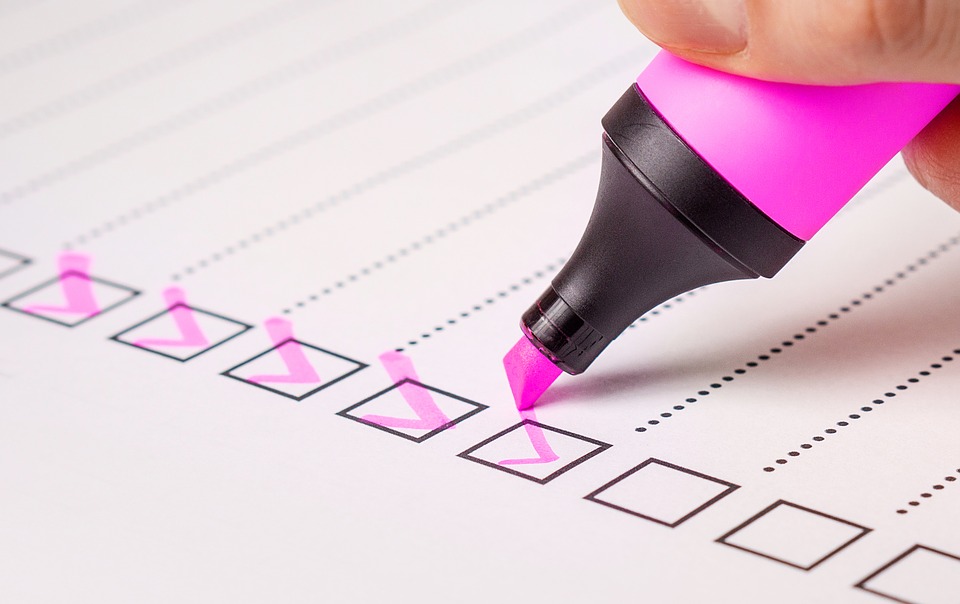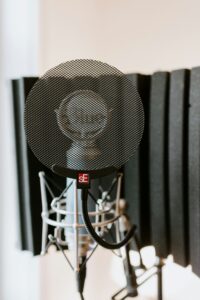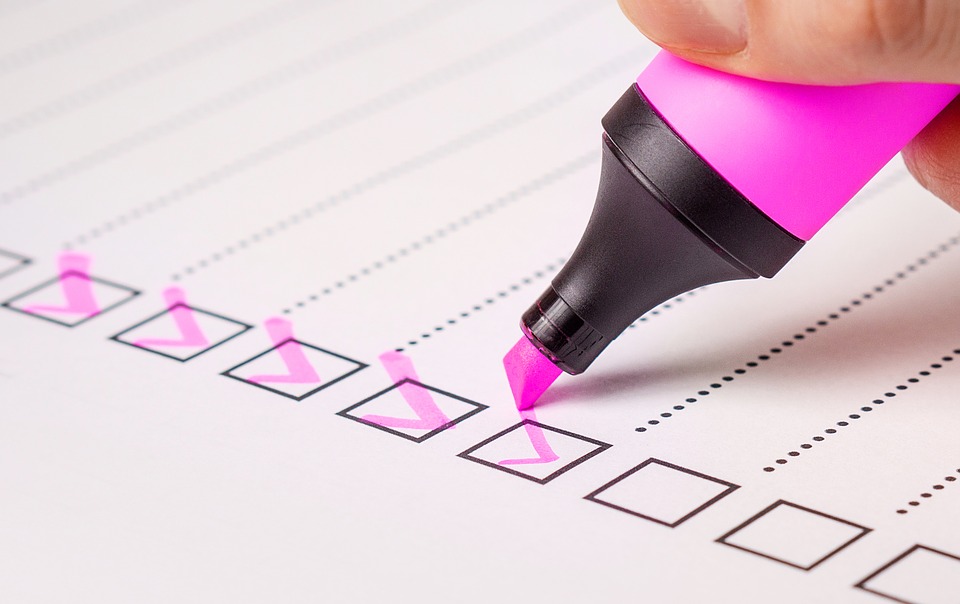 Assuming that you have finished with your voice-over training and your home studio is set up and working properly, here is a final checklist to make sure your voice-over auditions are of the highest quality. This checklist is for Audacity users, however, some of the items will also pertain to other recording programs.
Assuming that you have finished with your voice-over training and your home studio is set up and working properly, here is a final checklist to make sure your voice-over auditions are of the highest quality. This checklist is for Audacity users, however, some of the items will also pertain to other recording programs.
- Double check your Audacity software is connected to your Focusrite Scarlett home studio interface.
- Check that your recording gain is not peaking past -12db to keep you from peaking past -0 and distorting the recording.
- Record the script.
- Save the project with a different file name than the original and create a new project folder inside of your master projects folder.
- Copy the original recording and paste it into a new track. Never work from the original recording. That way, if you make a mistake you can go back and retrieve the original.
- If you have done multiple takes (highly recommended), select the best take and copy and paste it into a new track below. If you want to use a different section from one of the other takes, you can simply copy and paste it over the old section, but make sure it matches with the rest of the take.
- Remove all breaths, mouth noises, clicks, and pops.
-
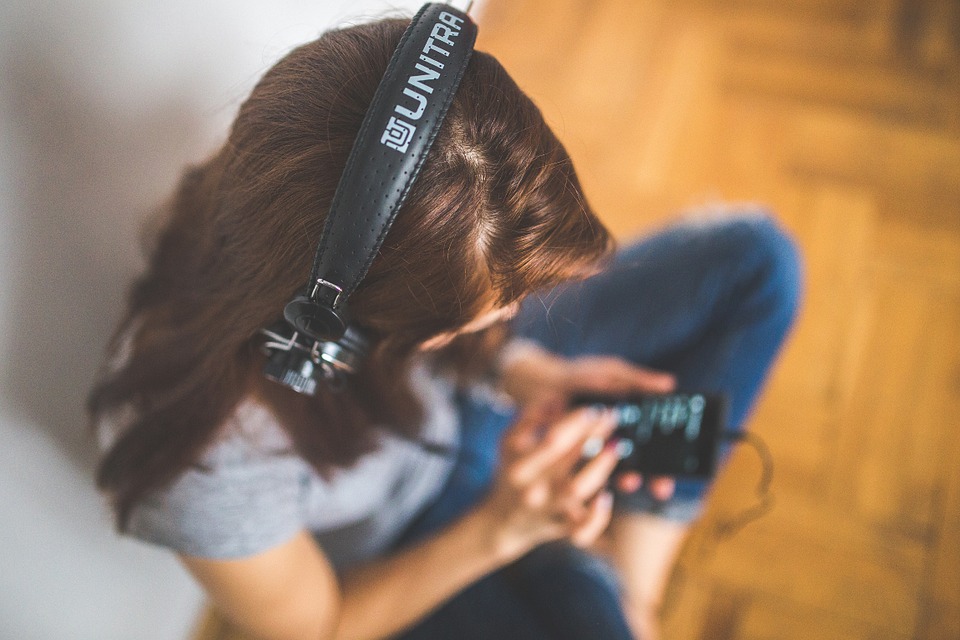 Listen carefully to each edit. They should be smooth and not heard, invisible to the ear. Your goal is to make the read sound as if you read it without any breaths, mouth noises, or mistakes. If you can hear an edit, try Fade Out and Fade In on the words before and after the edit.
Listen carefully to each edit. They should be smooth and not heard, invisible to the ear. Your goal is to make the read sound as if you read it without any breaths, mouth noises, or mistakes. If you can hear an edit, try Fade Out and Fade In on the words before and after the edit. - Highlight the track and normalize it to -1.0 db, unless otherwise instructed by client.
- Look at the Normalize .wav pattern. Check for any radically taller peaks. (Often, some words or parts of words are recorded unintentionally much louder than the rest of the read). If you see any radically taller peaks, listen to that area. If you punched that word on purpose, leave it alone, but if there’s no reason for it to be that much louder, or taller, highlight the tall peak and go to Amplify in the Audacity Effect title bar. Slide the fader to -2.0 db and hit OK. If you need to bring it down a bit more, go back to Effect and hit Repeat Amplify until it looks like the rest of the high peaks in the read. Always listen after each time you hit Repeat Amplify to make sure you haven’t turned it down too much. If you have, hit Undo.
- Once all the radical peaks are corrected, then highlight the entire read again and Normalize it one more time.
- Listen very carefully to the read. Sometimes when you normalize (raise up the volume), things you didn’t hear before can now be heard. Remove any unwanted noises.
- Finally, save the project again. Once that is done, export the final read to mp3 and email it to the client.
When clients listen to your voice-over audition, they are listening for more than just the quality and sound of your voice, or how you read and interpreted the script. They are also listening to the overall technical quality of the recording. They need to know that if they select your voice for the job, you have the technical expertise with home studio equipment to actually give them the final read at the highest quality possible.
One last thing, if anything I mentioned on this list is foreign to you, or if you’re interested in learning more about your home studio setup, I recommend you book a session with me at this link: https://my.suchavoice.com/private-home-studio-review-sessions.
We always enjoy hearing your feedback, so join the conversation and see what’s being discussed about Such A Voice!
We’re also on YouTube. Check out our video for this article below:
About the Author
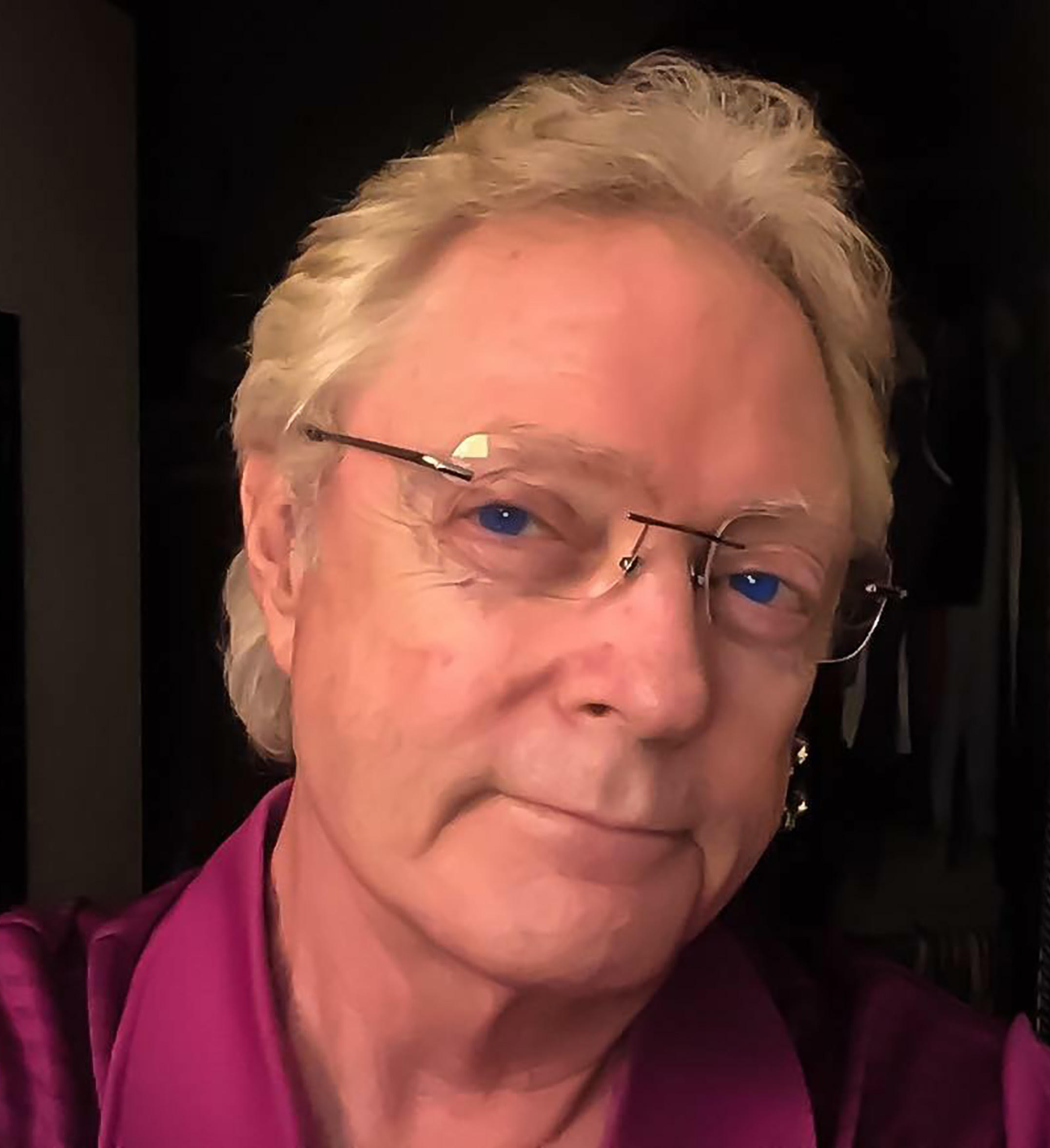 Ben Marney has been a studio engineer, singer and musician for over 40 years. Over the last 8 years (as a full time voice-over talent) he has recorded literally thousands of radio and television commercials and has been the narrator for three national television shows airing on the Discovery, Destination America and Sportsman channels. He currently resides in Port St. John, Florida where he (with his wife’s permission) produces voice-overs out of his home studio.
Ben Marney has been a studio engineer, singer and musician for over 40 years. Over the last 8 years (as a full time voice-over talent) he has recorded literally thousands of radio and television commercials and has been the narrator for three national television shows airing on the Discovery, Destination America and Sportsman channels. He currently resides in Port St. John, Florida where he (with his wife’s permission) produces voice-overs out of his home studio.

